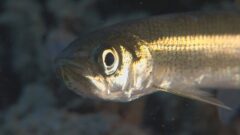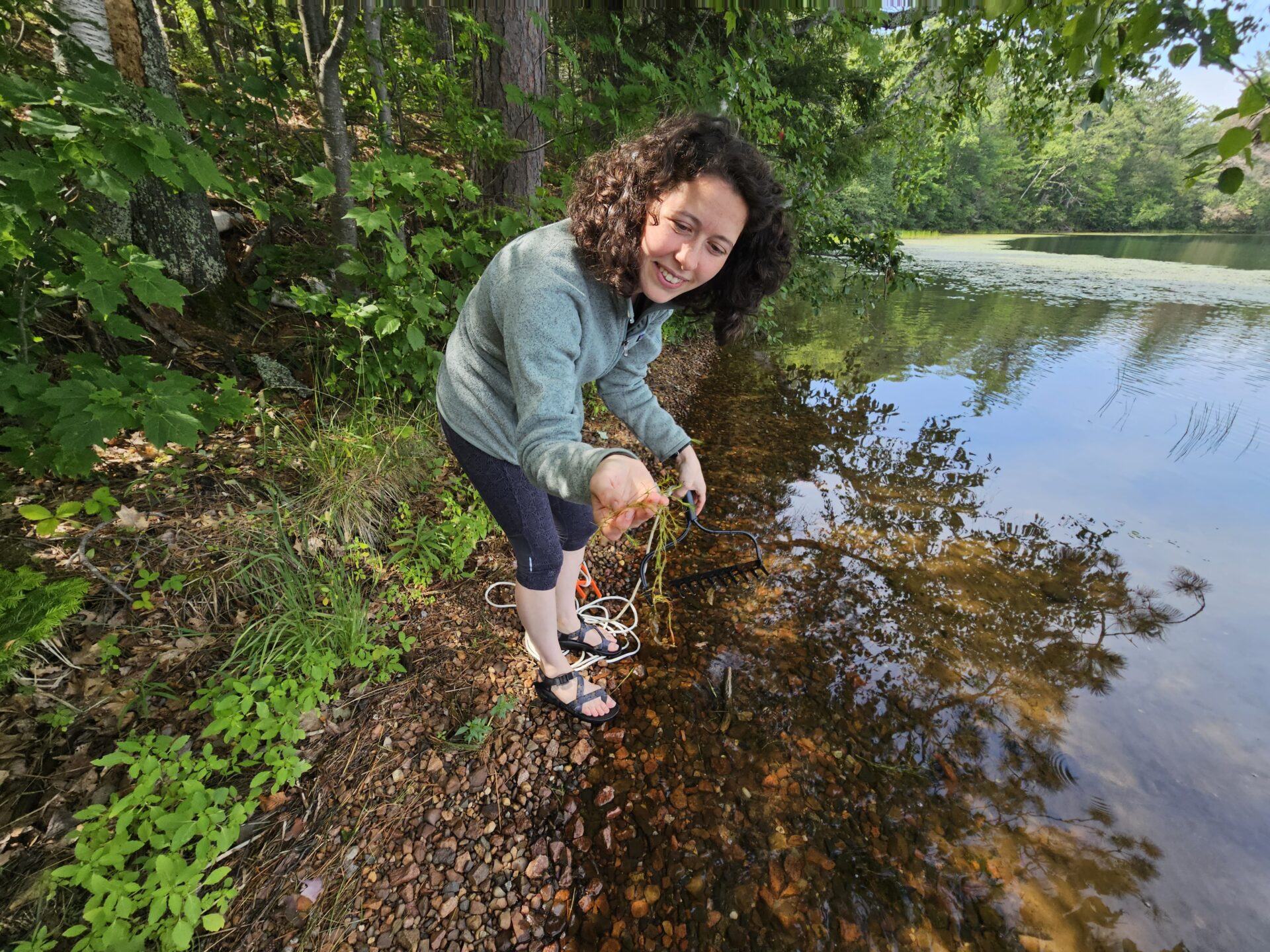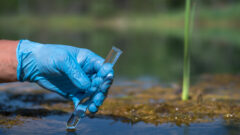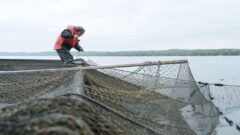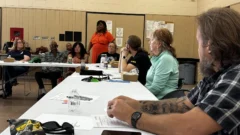Severe Thunderstorm Warning issued July 23 at 6:49PM CDT until July 23 at 7:15PM CDT by NWS Green Bay WI
Current watches, warnings, and advisories for Brown County (WIC009) WI
Current watches, warnings, and advisories for Brown County (WIC009) WI
https://api.weather.gov/alerts/urn:oid:2.49.0.1.840.0.b1bee7ad3be73f2163f520f0f5082039a1d7e516.002.1.cap


